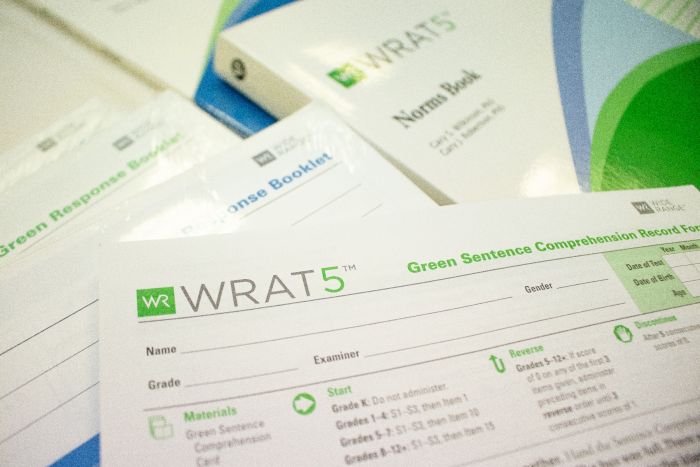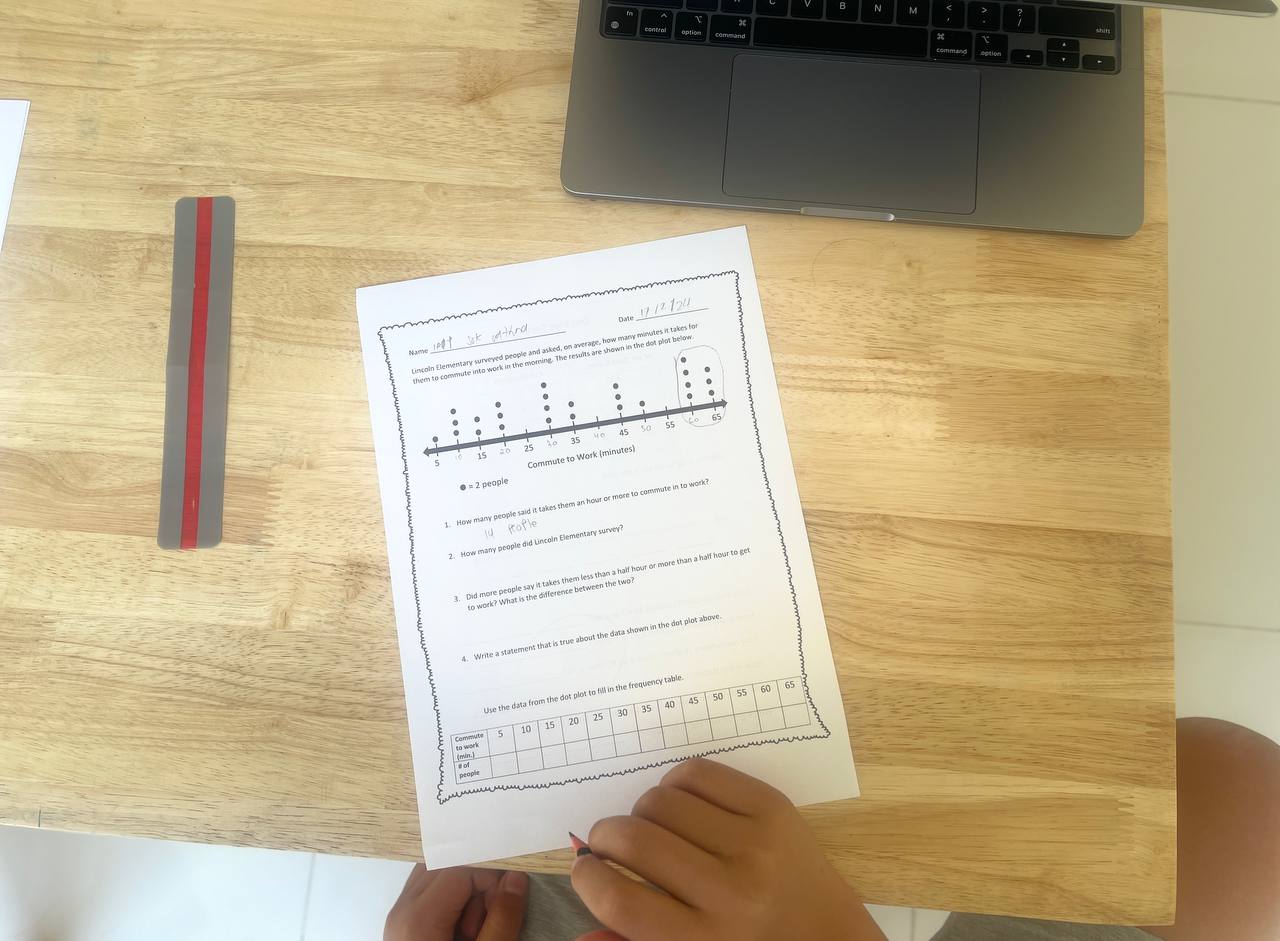The WRAT-5 is a reliable and valid assessment tool that has been used in research and practice for over 50 years. It is administered individually by a qualified professional, and can be completed in about 60 to 90 minutes.
The WRAT-5 consists of four subtests:
- Word Reading: Measures untimed letter identification and word recognition.
- Sentence Comprehension: Measures the ability to identify the meaning of words and to comprehend the ideas and information in a sentence.
- Spelling: Measures an individual’s ability to write letters and words from dictation.
- Math Computation: Measures an individual’s ability to count, identify numbers, solve simple oral math problems, and calculate written math problems.
Each subtest is scored individually, and the results are used to generate a variety of reports that can be used to inform educational planning and intervention.
Benefits of the WRAT-5
The WRAT-5 offers a number of benefits for educators, clinicians, and researchers. Some of the key benefits include:
- Standardized: The WRAT-5 is a standardized assessment tool, which means that it has been normed on a large sample of individuals from the general population. This allows for direct comparisons between individuals’ scores and the scores of their peers.
- Reliable: The WRAT-5 is a reliable assessment tool, which means that it produces consistent results over time. This is important for monitoring progress and evaluating the effectiveness of intervention programs.
- Valid: The WRAT-5 is a valid assessment tool, which means that it measures what it is intended to measure. This is important for ensuring that the results of the assessment are accurate and meaningful.
- Comprehensive: The WRAT-5 covers a wide range of academic skills, making it a valuable tool for assessing overall academic achievement.
- Flexible: The WRAT-5 can be administered individually or in small groups, and it can be used to assess individuals of all ages and ability levels.
How the WRAT-5 is Used
The WRAT-5 is used in a variety of settings, including schools, clinics, and research institutions. It is commonly used to:
- Screen for academic difficulties: The WRAT-5 can be used to screen students for potential academic difficulties in reading, spelling, and math. This can help to identify students who may need additional support.
- Diagnose learning disabilities: The WRAT-5 is often used as part of a comprehensive evaluation to diagnose learning disabilities. The results of the WRAT-5 can be used to identify specific areas of academic weakness, which can inform the development of an individualized education plan (IEP).
- Monitor progress: The WRAT-5 can be used to monitor the progress of students who are receiving intervention services. This can help to determine whether the intervention is effective and make necessary adjustments.
- Evaluate educational programs: The WRAT-5 can be used to evaluate the effectiveness of educational programs. For example, it can be used to compare the academic achievement of students in different programs.
The WRAT-5 is a valuable assessment tool for educators, clinicians, and researchers. It is a reliable and valid tool that can be used to assess a wide range of academic skills in individuals of all ages and ability levels. The WRAT-5 can be used to screen for academic difficulties, diagnose learning disabilities, monitor progress, and evaluate educational programs.





Leave A Comment